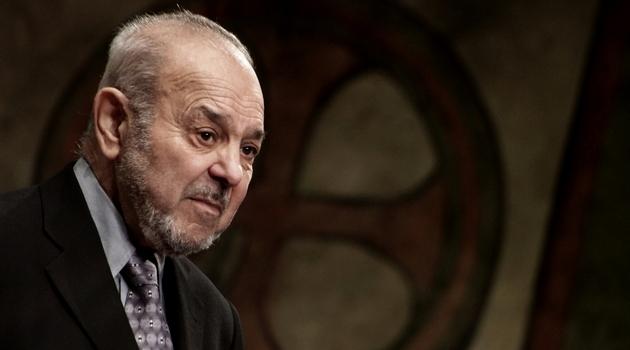Karel Holomek: New name of memorial at Hodonín u Kunštátu does not reflect the fact of the Romani genocide

On 16 March, the daily Právo published an article about transferring responsibility for the “memorial to Romani suffering during the Second World War” to the management of the Museum of Romani Culture in Brno. The memorial commemorates the camp at Hodonín u Kunštát where predominantly Romani people who were living in Moravia at that time – 1 400 of them – were imprisoned from mid-1942 until the end of 1943.
From the beginning, the administration of the Protectorate of Bohemia and Moravia clearly established that the so-called “Final Solution” awaited those prisoners, without exception, and that is indeed what happened to them after their transport to Auschwitz. The fate of those Romani people absolutely differed, in a fundamental way, from the fates of all the other persons who were later imprisoned there, for whom their stay in that location was just a temporary episode, not something that meant their predetermined death.
Even if those who were imprisoned there happened to die in the camp of disease or old age before the transports to Auschwiz began, it is still the case that they were marked for death in a way that nobody else subsequently imprisoned there ever was. Now the project manager at the Memorial, Pavel Štěpán, who is an employee of the Jan Amos Comenius National Pedagogical Museum in Prague, has written a response to the Právo article that confuses several different facts in a significantly primitive and simplistic way.
The Právo article references the “creators of the project”, who are said to have declared that the site should not “rub it in”, as it were, that it is a memorial to Romani victims. Who are the “creators of the project”?
The National Pedagogical Museum in Prague, which was appointed to administer the Memorial by the Czech Education Ministry, is just the implementer of a decision made by a ministerial commission. That commission was appointed to decide how the location will be presented, what its name will be, and determined the purpose for which the memorial would be established as well as its form.
It is important to note that the decision to establish the Romani Holocaust Memorial at Hodonín u Kunštátu in particular was taken at a time when Michael Kocáb was Czech Government Human Rights Minister, and it was he who pushed for this idea within the cabinet, including for its financing. A commission was subsequently appointed, comprised of architects, historians, representatives of the public, and representatives of the Roma, and it worked for at least three years to prepare background information for those decisions, and gave that information to staffers at the National Pedagogical Museum to guide their implementation of the task – not arbitrarily, but according to an approved scenario and pre-established parameters.
I have been a member of that commission from the beginning. The architecture student project that was ultimately chosen as the winning design met the parameters that had been established exactly and precisely.
What has been built there now corresponds to that, and there is no doubt that this is to the credit of the staffers of the National Pedagogical Museum. One of the conclusions reached by the commission, of which I am a member, was also the unequivocal designation of the name of this site, which is to be: the Romani Holocaust Memorial.
There is nothing left for me to do here but to sadly state that a different name has now been given to the memorial, one that erases the real essence of the genocide of the Roma and their imprisonment there, that the original name has been destroyed in terms of its meaning, and only part of it has been left – it is now to be called the Památník Hodonín u Kunštátu (the “Memorial at Hodonín u Kunštátu”).This arbitrary choice conceals the real essence of the history of the genocide of the Bohemian and Moravian Roma in the Protectorate.
The Museum of Romani Culture in Brno and those involved in its previous incarnations have been taking care of that memorial site for at least 26 years now. If the Museum becomes the administrator of this memorial to the Romani genocide that has now been built, it will be able to correct the name.
Unfortunately, the headline in the original article published about this issue in Právo is a statement of the sad truth that those currently in charge of the memorial, conceived originally as a memorial to the Romani Holocaust, are doing their best to dim that reality by stating instead that the memorial is just supposed to commemorate the various human rights violations that happened there. By reporting on that issue in this way, the article is presenting a tendentious, untrue alternative vision for how the Romani genocide should be perceived.
